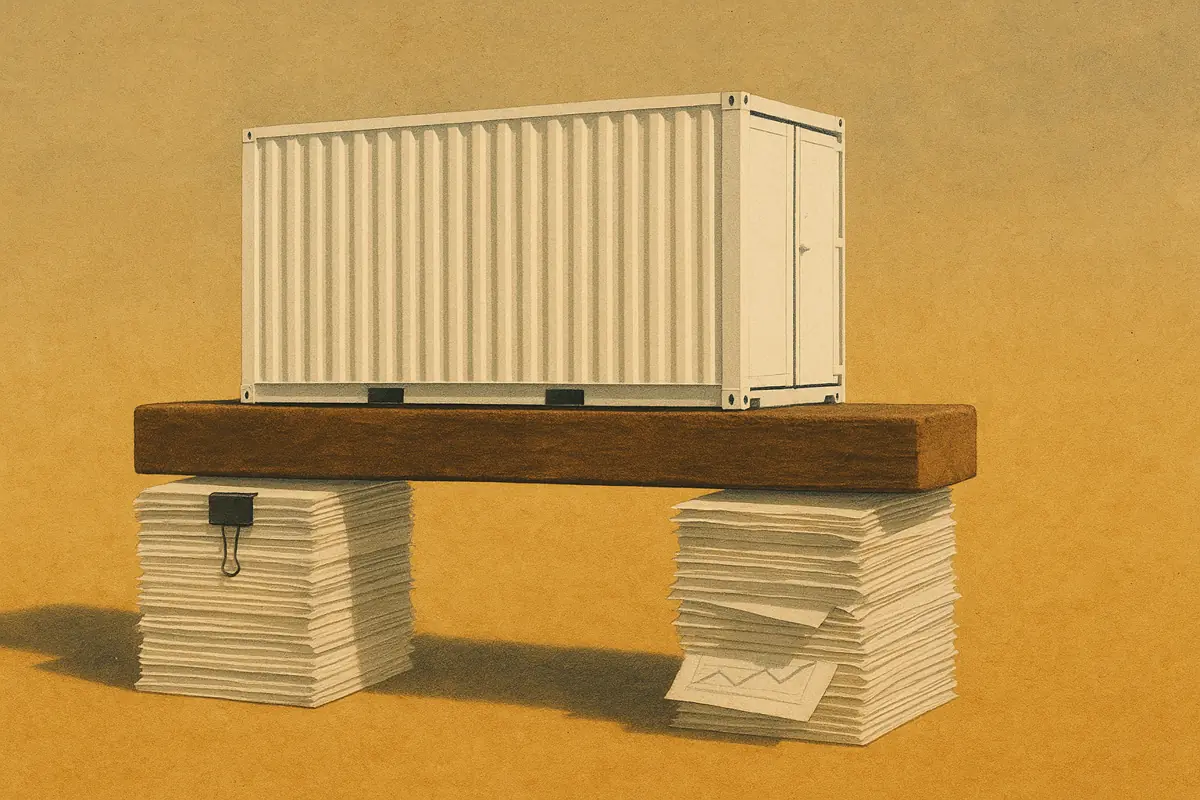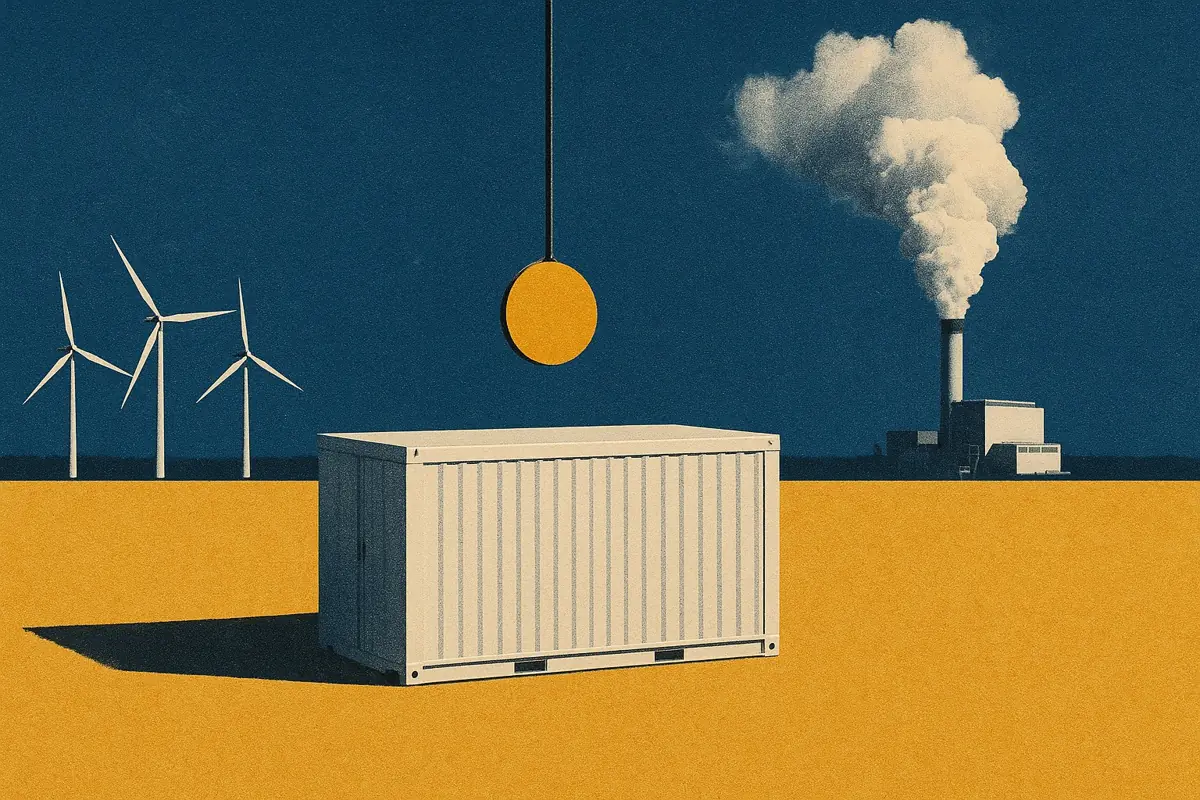In 2022, activity for battery energy storage in the Balancing Mechanism hit a new low. This caused conversations about skip rates to amplify (read all about it here). However, with a new year comes new hope, as some assets experienced a massive uptick in dispatches in January.
In this article, we look at just how significant an increase this is, what could be causing it, and look at two examples of assets that have seen their activity in the Balancing Mechanism increase.
If you’re new to the Balancing Mechanism, it’s worth swotting up through our Energy Academy video here.
How significant was the increase in Balancing Mechanism dispatches for batteries in January 2023?
Energy volumes dispatched to battery energy storage assets through the Balancing Mechanism almost tripled in January from the month prior. Volumes hit a total of 6.5 GWh across both bids (charging) and offers (discharging).
In fact, this is the highest monthly volume of dispatches seen since the launch of Dynamic Containment in October 2020. It’s also a record if we exclude actions taken during the ‘reserve from storage’ trials in July and September 2020.

What were the reserve from storage trials?
The reserve from storage trials assessed how battery storage could be held in reserve to provide both headroom (availability to discharge) and footroom (availability to charge). Instead of being paid just for utilization, in the trial, National Grid ESO made payments to battery storage units that were heavily weighted towards an effective ‘availability’ payment.
The reserve from storage trials heavily influenced the previous highest volumes for battery storage. There was 12.7 GWh in July 2020 and a whopping 94.9 GWh in September 2020! The highest monthly total seen outside of the trials (aside from January 2023) was 4 GWh in March and May 2020. So 6.5 GWh of dispatch volume for battery energy storage in January 2023 is a big jump!
What is this as a portion of the total Balancing Mechanism activity?
Despite this uptick in activity, battery volumes accounted for just 0.3% of all Balancing Mechanism volumes for January.
The highest monthly volume we have ever seen was in September 2020 during the reserve from storage trial. This accounted for 3.4% of total Balancing Mechanism volumes for that month.
This shows that there is still a long way to go for battery storage in the Balancing Mechanism.
How were dispatches distributed across the month?
Dispatches varied heavily throughout January: 62% of the total came within the very windy first two weeks of the month. The 7th January saw the highest total volume of 650 MWh across bids and offers. Meanwhile, the 10th and 14th also saw exceptionally high bid volumes.
However, towards the end of the month, dispatches dried up significantly, dropping to just 45 MWh on 26th January.

Who’s getting in on the Balancing Mechanism action?
There was one system that stood out in January - Burwell. It achieved more than double the Balancing Mechanism volume of any other battery system, even if we normalize for system size.

And what does it mean for revenues?
A pick-up in Balancing Mechanism dispatches is welcome news for those assets which are getting the action. History tells us that the volume of dispatches, rather than the price, drives revenues for battery storage in the Balancing Mechanism.
Overall, Burwell achieved revenues of £3.4 k/MW from the Balancing Mechanism in January. These revenues made up two-thirds of the site’s total for January. This is a welcome boost, given the drop in Dynamic Containment prices over the last few months.
Meanwhile, for the highest-performing battery in January, Mannington, it was Balancing Mechanism revenues that pushed it to the top. It performed a more balanced strategy, and these revenues accounted for 15% of its total.

Balancing Mechanism revenues don’t tell the whole story - bids often provide cheaper opportunities to charge than can be found on the wholesale market. So extra Balancing Mechanism activity could show up in additional wholesale revenues instead.
What’s behind this increase?
There are three likely reasons behind the increase in dispatches we are seeing for battery storage:
- Greater asset availability - with the saturation of Dynamic Containment, batteries are now spending longer outside the service, which means more availability in the Balancing Mechanism.
- Greater need - windy weather (and January was very windy indeed) creates lower inertia and therefore more volatile grid frequency. National Grid ESO has stated that batteries are heavily used in the Balancing Mechanism to correct changes in frequency.
- Improvements in the control room - at the recent Balancing Programme update, National Grid ESO stated that changes had been made in December to how the control room utilizes bi-directional assets (essentially, batteries) in the Balancing Mechanism.
The location of battery assets is also likely to be an important factor. Certain assets are located in constrained regions of the network, and therefore their flexibility can offer great value to the control room in managing this.
What does this mean for battery energy storage operators?
- The industry has been concerned about the lack of Balancing Mechanism-activity for battery energy storage. Many (including us) are keenly awaiting improvements coming at the end of the year to increase battery dispatches.
- However, the big jump in January suggests we might get there sooner rather than later.
- It also means that it’s worth battery operators reflecting on their current strategies now. The ancillary service prices are very low, and there could be opportunities for dispatching assets in the Balancing Mechanism for higher revenues. Take a look at a couple of assets already doing this in our case studies below.
- January’s big increase is great news! But, in the broader context, we still believe the Balancing Mechanism has so much more room to grow as an important revenue source for battery units.
Case studies
Burwell - 7th January
Burwell saw its highest total volume of Balancing Mechanism dispatches on the 7th January. In fact, the total volume meant it would have cycled 2.5 times on this one day, all at higher spreads than otherwise available in the wholesale markets.
Almost all of the discharging performed by Burwell on this day was through the Balancing Mechanism, with some charging performed in the wholesale markets to rebalance the state of charge.

Mannington - 14th January
Mannington provides a very different case study, both in terms of strategy and in being a 2-hour duration system. However, the day also saw high cycling, at 2 cycles for the day.
On 14th January, we saw trading take priority, with actions taken by the control room in the Balancing Mechanism to adjust these positions - bringing actions forwards or delaying them. All of Mannington’s bids on this day were at zero price - so free charging!








